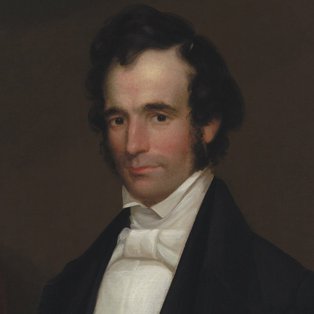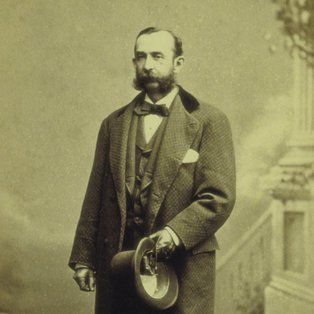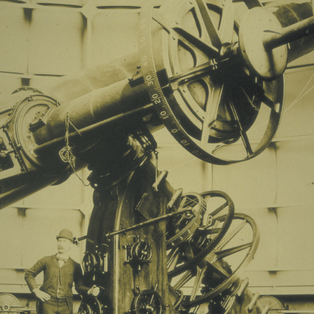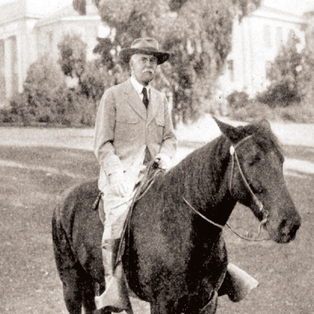Preserving the History of the West
Distinguished scholars could not be persuaded to leave their East Coast or European universities and move to distant California unless there was a first-rate library to support their research. Throughout its early years, the university’s holdings grew steadily, but the 1905 acquisition of Hubert Howe Bancroft’s extraordinary collection of manuscripts and books put the University of California’s library on the map.
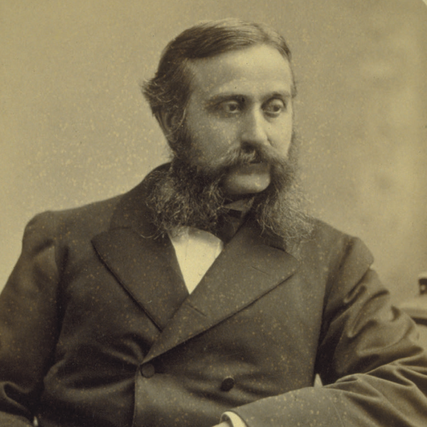
Bancroft, a San Francisco bookseller and historian, had not only written a 39-volume history of the West but also had built a collection that included books, original documents, transcriptions, and interviews. To ensure that his collection would be preserved, Bancroft offered it to the university at a fraction of its worth with the provision that it be maintained as a separate library and grow over time.
The Bancroft collection provided a critical focal point for historians on campus, including those dedicated to Spanish-American and early California history. Among the valuable materials owned by the university that became part of the Bancroft Library were the Tebtunis Papyri, 23,000 ancient Egyptian documents collected during an 1899–1900 expedition financed by Phoebe Apperson Hearst. In 2009, the Library underwent a $64 million seismic retrofit and renovation, creating an elegantly upgraded home befitting its priceless holdings. More than 700 private donors and the state sponsored the three-year endeavor.
The Mark Twain Papers have been housed at the Bancroft since 1949, when the author’s daughter Clara Clemens Samossoud bequeathed them to the university, creating a major repository of his work. Through the Mark Twain Project approximately half of a projected 70 volumes of the author’s writings have been published by the University of California Press.
As its creator stipulated, the collection has grown continuously and now includes more than 690,000 volumes, 175 million manuscripts, 9 million images, and 25,000 maps. Today, the Bancroft Library has one of the largest — and busiest — special collections in the United States. Used by Cal faculty and students studying subjects from Mesoamerican indigenous cultures to the disability rights movement, it also attracts thousands of scholars from around the world each year.
